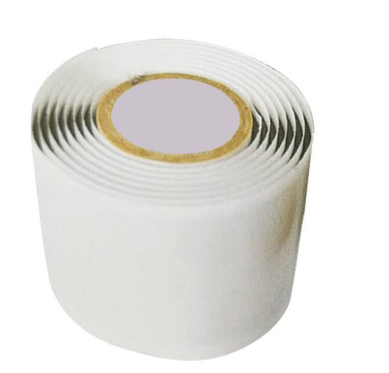The Importance of Automotive Loom Tape in Vehicle Wiring
In modern automotive manufacturing and maintenance, the proper management of wiring systems is crucial for ensuring vehicle safety and functionality. One essential product in this domain is automotive loom tape. Often overlooked, this specialized tape plays a vital role in the organization, protection, and longevity of vehicle wiring harnesses. In this article, we will explore the significance of automotive loom tape, its types, benefits, and best practices for application.
What is Automotive Loom Tape?
Automotive loom tape is designed specifically for wrapping and organizing wiring bundles in vehicles. It is typically made from durable materials such as cloth, vinyl, or polyethylene, offering excellent insulation properties. The tape is essential for securing wires while providing protection against abrasion, moisture, and other environmental factors that could potentially damage the electrical systems in a vehicle.
Types of Automotive Loom Tape
1. Cloth Tape This type is often used for its excellent conformability, making it easy to wrap around complex shapes and contours of wiring harnesses. It also offers a level of grip to prevent slipping.
2. Vinyl Tape Known for its rigidity and excellent weather resistance, vinyl tape is ideal for outdoor and high-temperature applications. It is typically used in areas exposed to harsh conditions, ensuring protection from UV rays and moisture.
3. Heat-Resistant Tape As automotive components may experience significant heat, this type of tape is engineered to withstand high temperatures. It prevents melting or degradation, preserving the integrity of the wiring system.
Benefits of Using Loom Tape
1. Protection Loom tape acts as a barrier against physical damage, ensuring that wiring harnesses remain intact and free from wear and tear. This is particularly important in areas where wires may rub against metal surfaces.
automotive loom tape

2. Organization By bundling wires together, loom tape helps to create a clean and organized appearance in the engine bay or interior of the vehicle. This not only improves aesthetics but also makes maintenance and repairs easier.
3. Insulation Loom tape provides an additional layer of insulation for electrical wires, reducing the risk of shorts and electrical failures. This is particularly important in vehicles where the safety of the electrical system is paramount.
4. Moisture Resistance Many loom tapes are designed to repel moisture, protecting the wiring from corrosion and other moisture-related damage. This is especially crucial in regions with high humidity or in vehicles subjected to heavy rain or snow.
Best Practices for Application
To achieve optimal results when using automotive loom tape, consider the following best practices
- Clean the Surface Before applying loom tape, ensure that the wires and surfaces are clean and free of dust, grease, or other contaminants. This helps to ensure better adhesion.
- Wrap Tightly, but not Too Tight When wrapping the tape around wires, ensure that it is snug but not overly tight. Excessive tension can cause wires to be pinched or damaged over time.
- Overlap Each Layer To ensure complete coverage, overlap each layer of tape by about 50%. This helps to provide maximum protection against moisture and abrasion.
- Cut to Length Rather than pulling the tape, cut it to the desired length for a clean application. This will prevent bubbling or uneven wrapping.
In conclusion, automotive loom tape is an essential tool in the automotive industry, providing protection, organization, and insulation for wiring systems. By understanding its types, benefits, and application best practices, manufacturers and maintenance professionals can ensure the longevity and reliability of vehicle electrical systems. Investing in quality loom tape not only enhances vehicle performance but also contributes to overall road safety.
-
The Versatility of Cloth Insulation TapeNewsApr.07,2025
-
The Power of Self Amalgamating Silicone TapeNewsApr.07,2025
-
The Importance of Weatherstrip Seal: Your Ultimate Protection SolutionNewsApr.07,2025
-
Tape Electrical Insulation: A Reliable Solution for Your Electrical NeedsNewsApr.07,2025
-
Discover the Wonders of Electrical Splicing TapeNewsApr.07,2025
-
Discover the Versatility of PVC Electrical TapeNewsApr.07,2025
